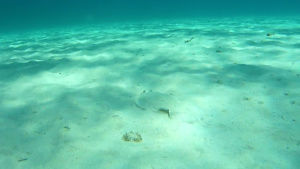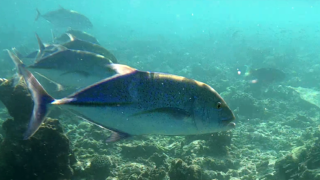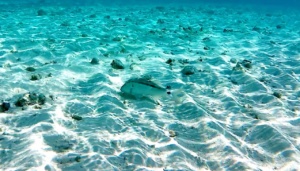In this short video we show you how the the Red-mouthed rock shell manages to regain its natural position. The diver turns the shell upside down and the frightened snail withdraws to its interior, but when it no longer feels disturbed, it goes out and slowly manages to turn again returning to its natural position. la conchiglia Stramonita haemastoma
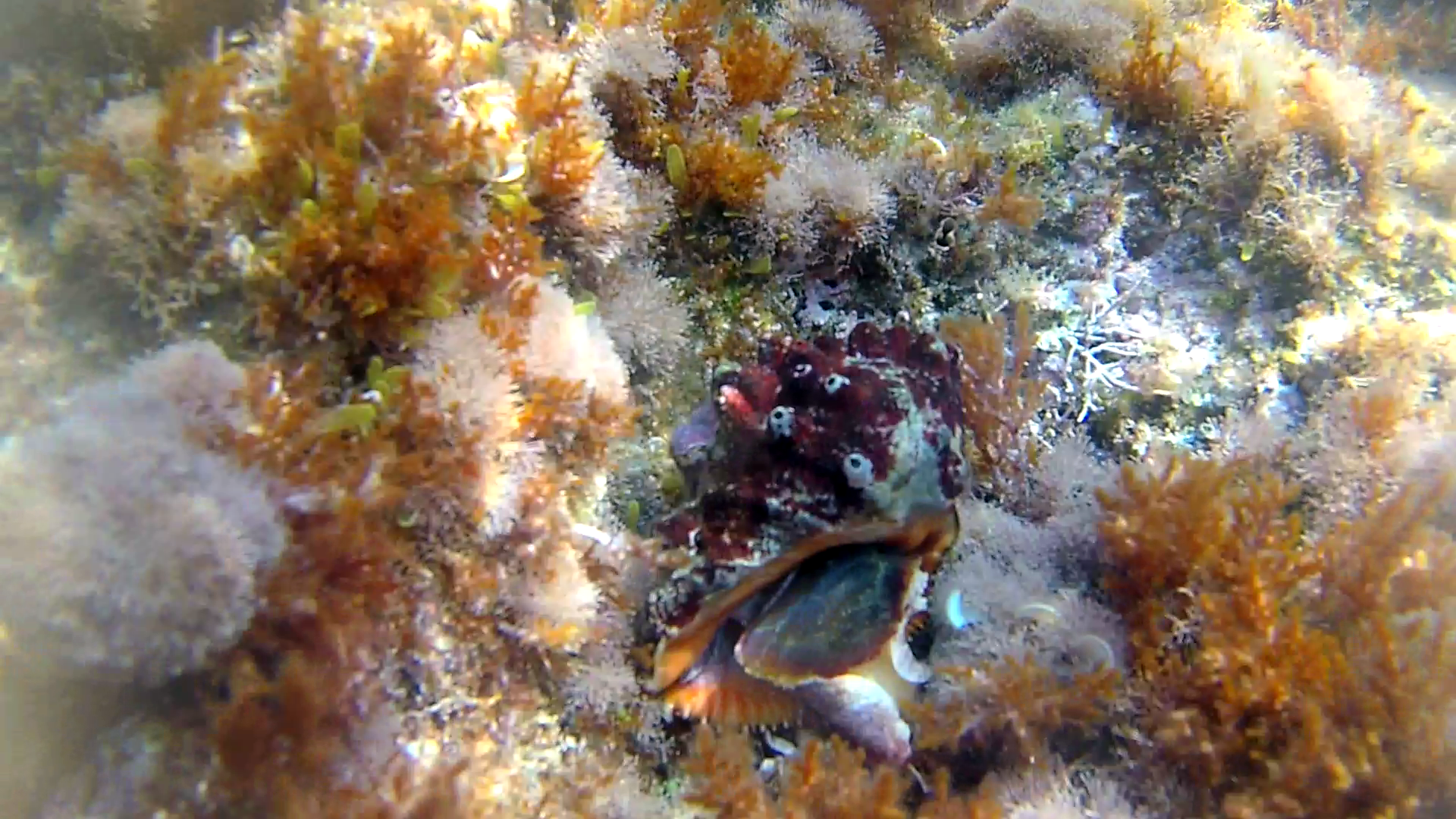
Conchiglia Stramonita haemastoma – Red-mouthed rock shell – intotheblue.it
Stramonita haemastoma, common name the red-mouthed rock shell or the Florida dog winkle, is a species of predatory sea snail, a marine gastropod mollusc in the family Muricidae, the rock snails. The red-mouthed rock shell occurs widely in tropical and warm water areas of the Western Atlantic Ocean. Regions where it can be found include the Caribbean Sea, North Carolina and Florida, Bermuda and the entire Brazilian coast, including the islands of Abrolhos and Fernando de Noronha. It is also found in the Eastern Atlantic: tropical Western Africa and Southwestern Africa, including Cape Verde and Angola, and in European waters, including Macaronesian Islands, the Mediterranean Sea and the southwest coast of Apulia. Canary Islands. Its once abundant population in the Eastern Mediterranean collapsed early in the 21st century and had entirely disappeared by 2016.
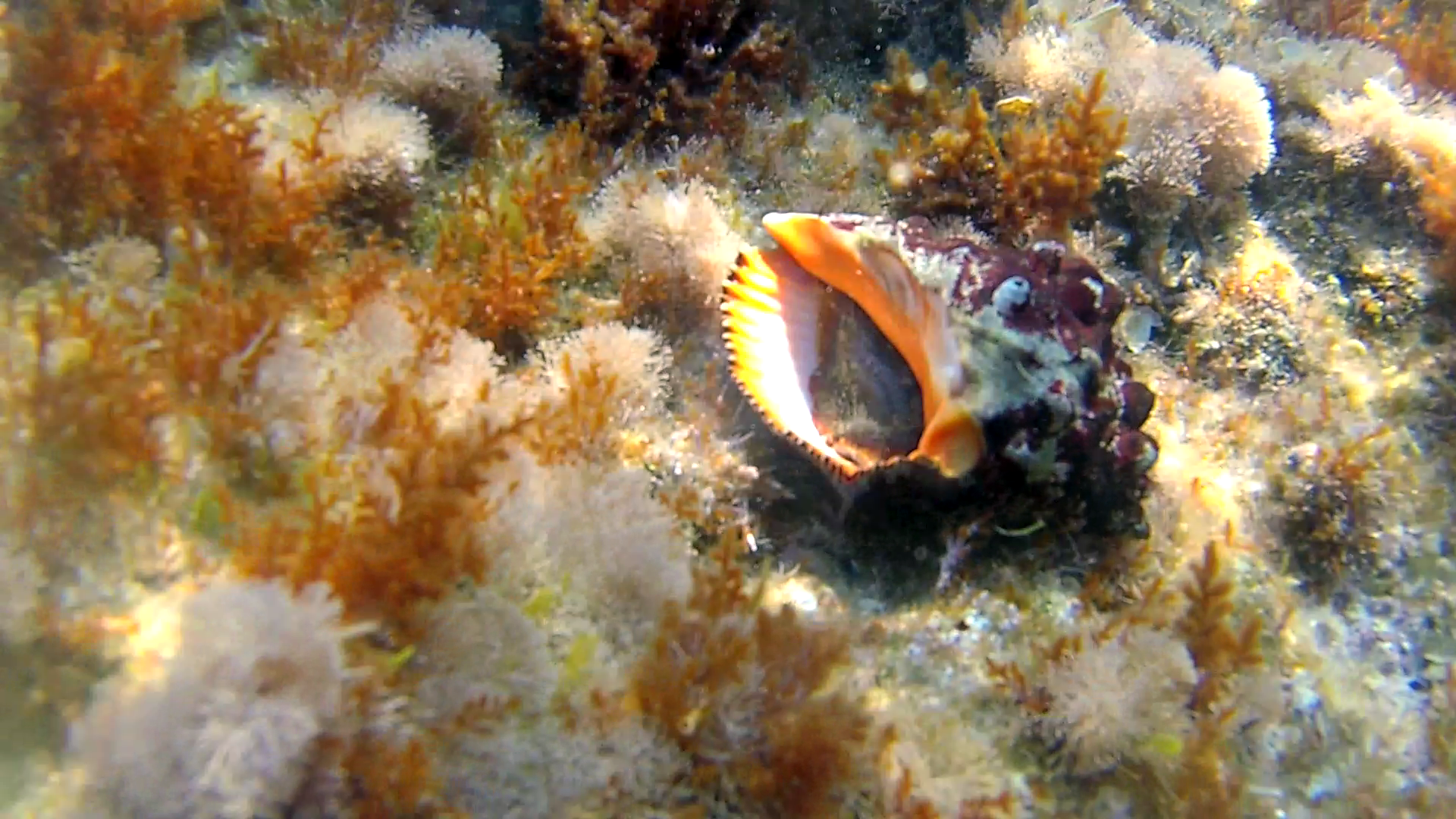
Conchiglia Stramonita haemastoma – Red-mouthed rock shell – intotheblue.it
Feeding habits Stramonita haemastoma is a widespread gastropod that consumes bivalves, barnacles and limpets. In the Mediterranean Sea the whelk is an important predator of the bivalve Mytilaster minimus, but where the invasive Lessepsian migrant bivalve Brachidontes pharaonis is found, the whelk prefers to prey on that species over the native bivalves and barnacles. Through feeding behaviors such as attacking the margin or lip of shells where defenses are weakest, Stramonita haemastoma insert its proboscid between the valves injecting proteolytic enzymes and a toxin that causes bivalves to gape. Human use: the shell was one of two principal sources of Tyrian purple, a highly prized dye used in classical times for the clothing of royalty, as recorded by Aristotle and Pliny the Elder.
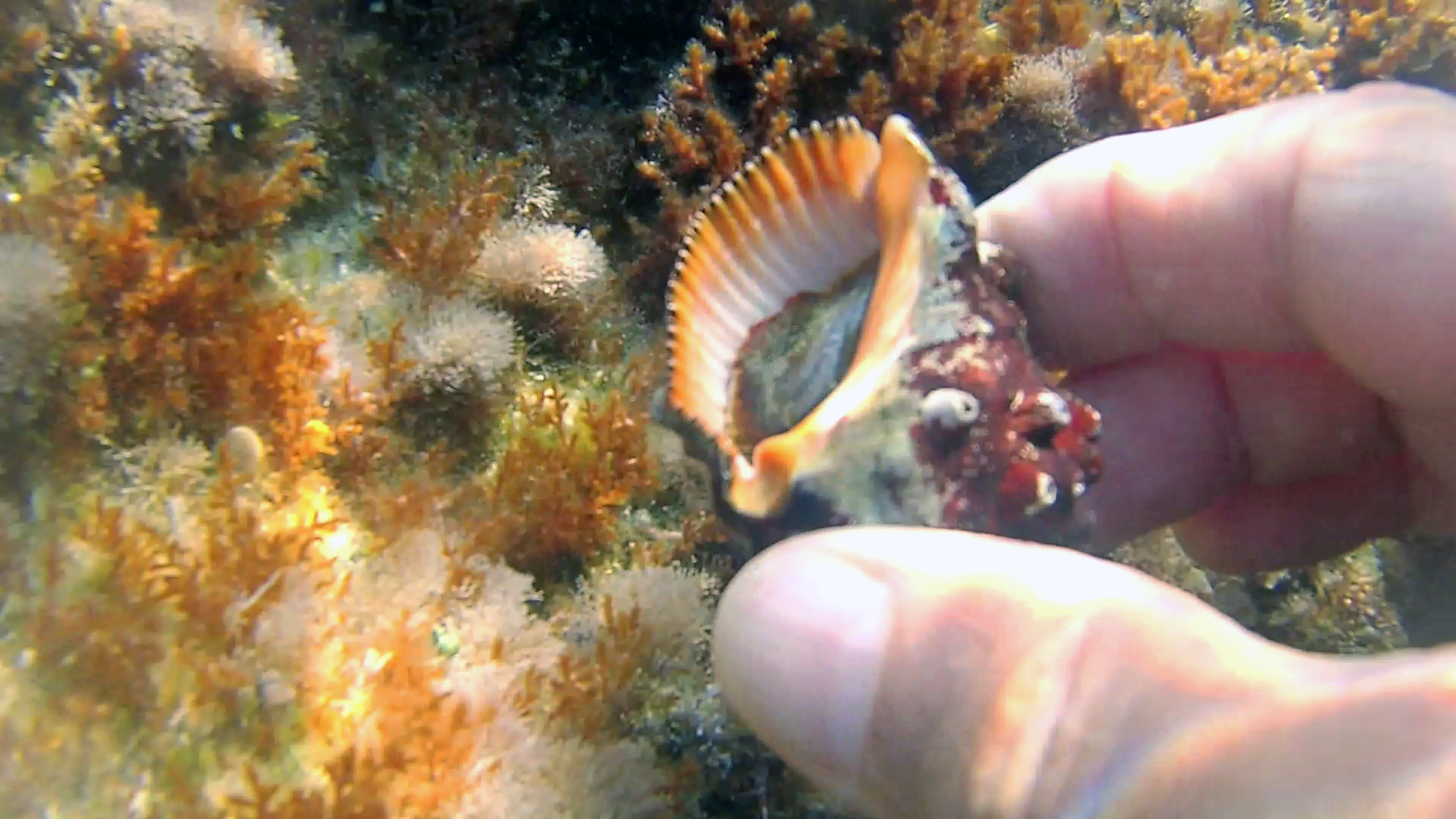
Conchiglia Stramonita haemastoma – Red-mouthed rock shell – intotheblue.it
As ancient dye the purple dye originated in Phoenician colonies. The Phoenician port cities on the coast of current-day Lebanon, exported the dye across the Mediterranean. Purple was, in the ancient world, a rare and precious dye, which was obtained through elaborate and expensive procedures. The purple is a dye produced by the secretion of some molluscs gastropods that in ancient times were available in great abundance in the shallow waters of all the coasts of the Mediteraneo.
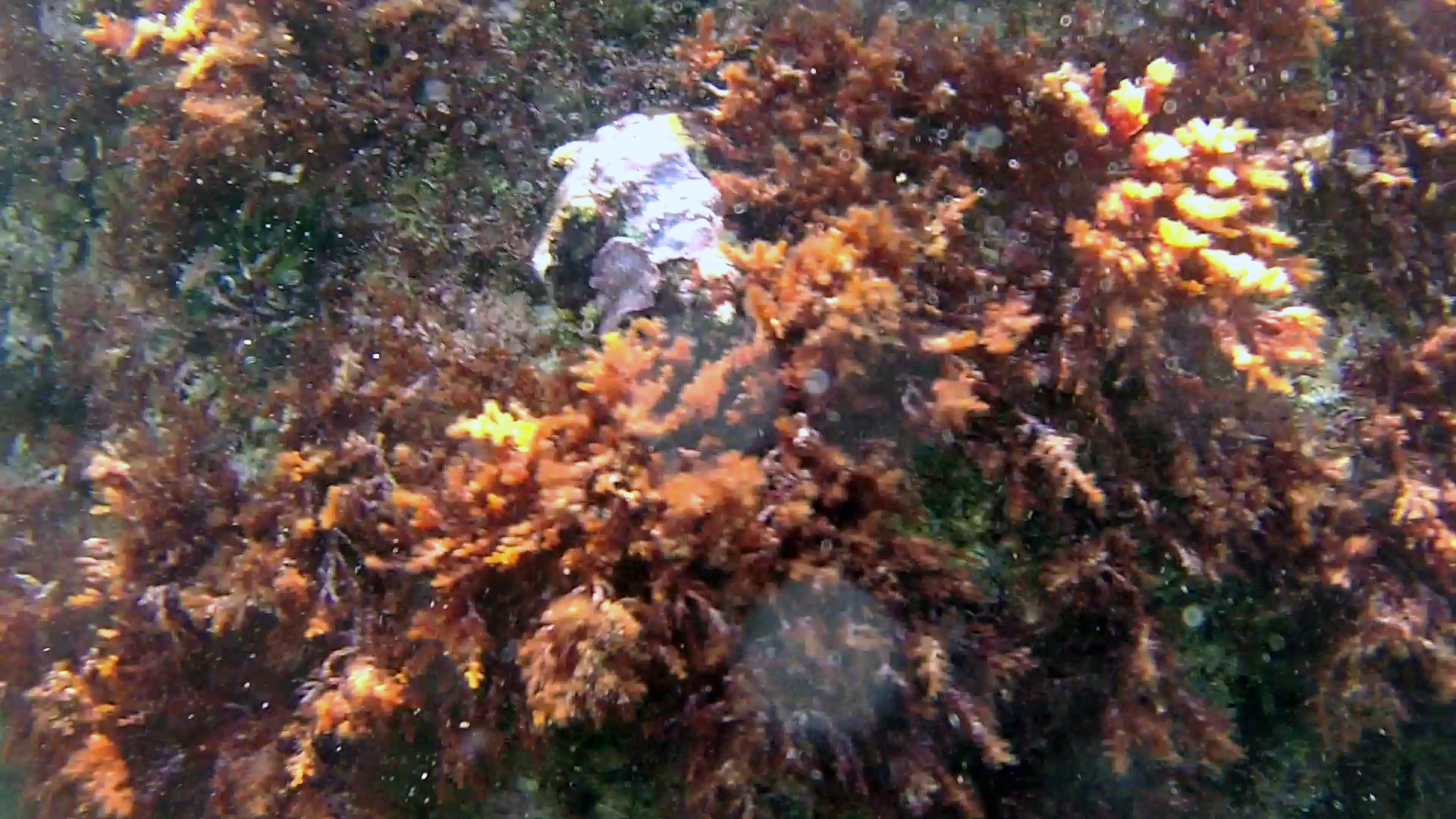
Conchiglia Stramonita haemastoma – Red-mouthed rock shell – intotheblue.it
The molluscs, probably caught by traps (wicker baskets) with baits, were placed in large tanks, where they were required to purge for a short time. The breakage and elimination of the shells that enclosed them was then proceeded. The shellfish were then macerated for a long time in the tanks with the addition of water and salt. The coloring matter that was forming was then washed with other water, and then boiled over a low flame for several days in large lead containers, while the debris and impurities were removed. la conchiglia Stramonita haemastoma
 English
English Italiano
Italiano
